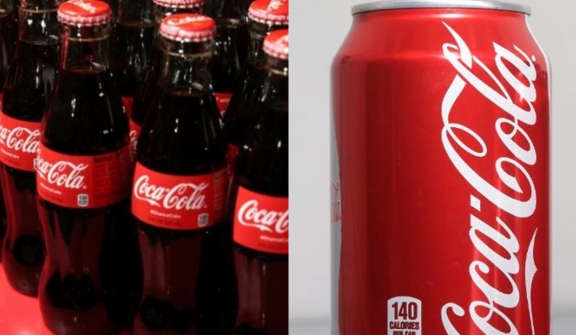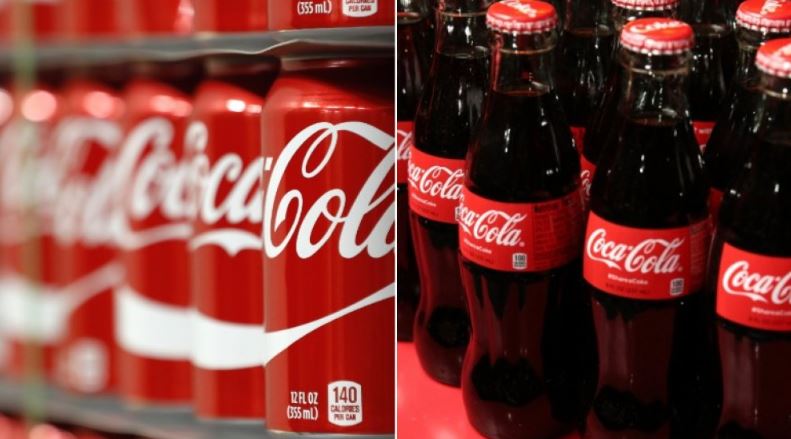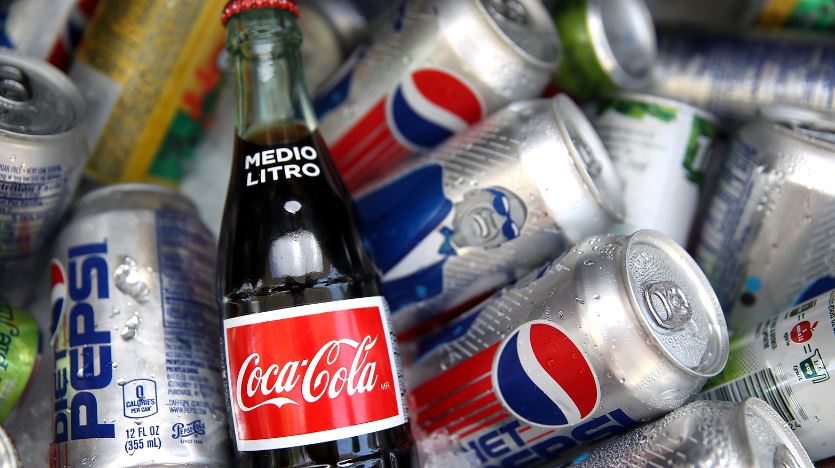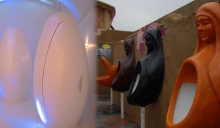
Are you a Coca-Cola enthusiast? Have you ever wondered why the company produces two different packaging options: cans and bottles? Is there a difference in taste between drinking soda from a can and a bottle?
As soda enthusiasts, I'm sure that all of us wonder why the company offers two options: cans and bottles of soda. Even several wonder why soda tastes different when sipped from a can compared to a bottle.
Even several customers have admitted that they feel a difference when drinking soda from a can compared to a bottle. Although soda manufacturers state that they use the same recipe to produce both items.
So, several customers claim that one of the secrets Coca-Cola is not telling you

According to Popular Science, food chemist Sarah Risch explained that cans can absorb some of the soda's flavors.
So, depending on the packaging it comes in - be it a can, plastic bottle, or glass bottle - that causes the varying taste of soda
Although soda manufacturers claim that the recipe remains the same, there's no denying the distinct flavor experience of chugging an ice-cold Coca-Cola from a can versus savoring it from a bottle.
The food chemist Sarah Risch explained that the polymer lining found in aluminum cans can absorb some of the soda's flavors, leading to Coca-Cola having a milder taste.

Sarah Risch also pointed out that when we slug our soda from a plastic bottle, the soda's flavor may be altered by the transfer of some acetaldehyde from the plastic into the drink.
According to Business Insider, experts also pointed out that the glass bottles are inert, delivering a product very close to its original intent.
According to a researcher from Harvey Mudd College, Dr. X, explains that variations in flavor can also arise from an individual's taste bud sensitivity.
Factors such as light exposure, temperature fluctuations, and the passage of time can all contribute to changes in taste, so why canned and bottled soda taste different.

On the other hand, when you opt for a plastic bottle, traces of acetaldehyde from the plastic may transfer into the drink, subtly altering its flavor. In contrast, glass bottles, being largely inert, deliver a product that closely aligns with the original intent of the recipe, as experts reveal to Business Insider.
The perceived metallic taste often associated with soda cans may be attributed to individuals' sensitivity to metal, rather than the actual presence of a metallic flavor in the cola itself. These insights shed light on the complex interplay between packaging and taste.




